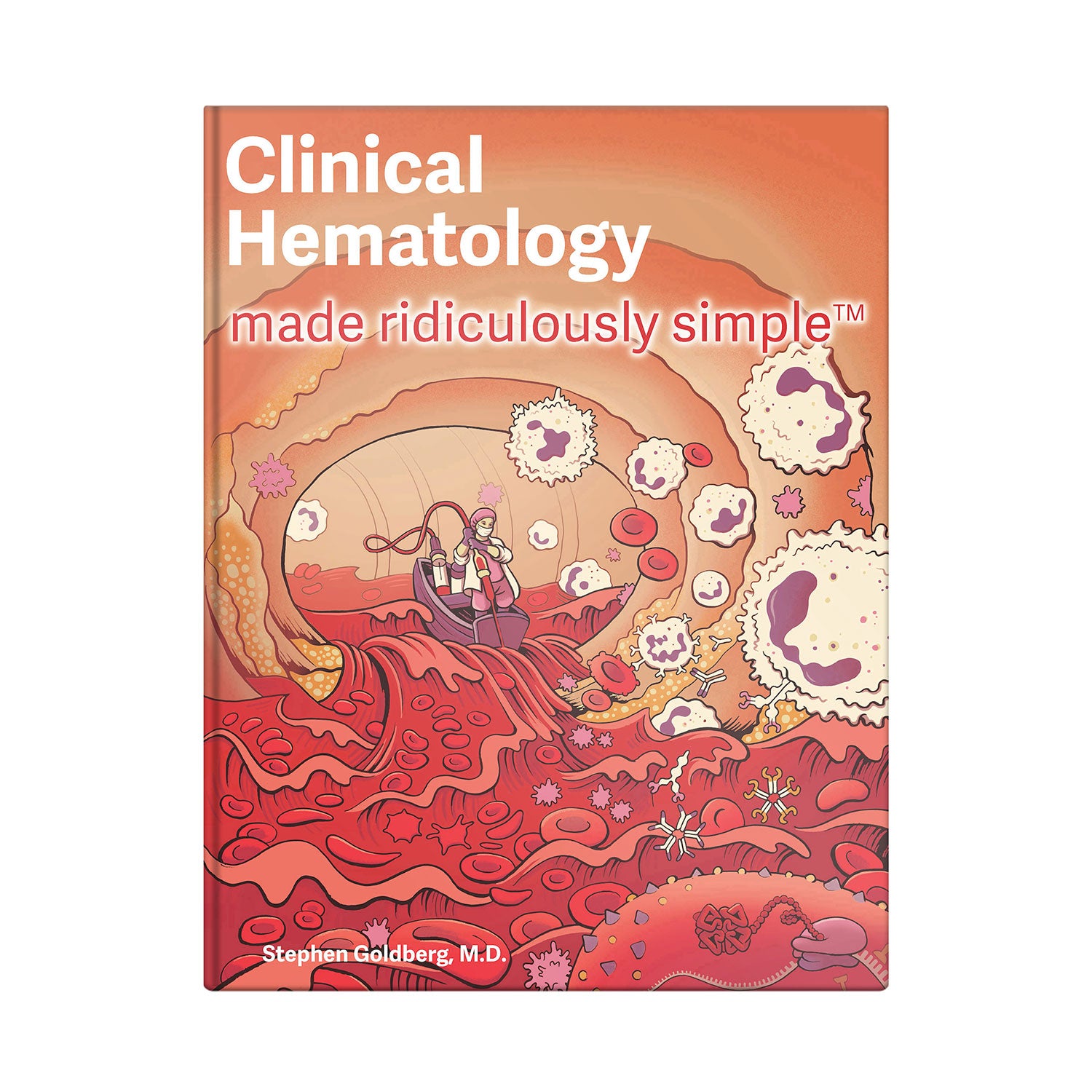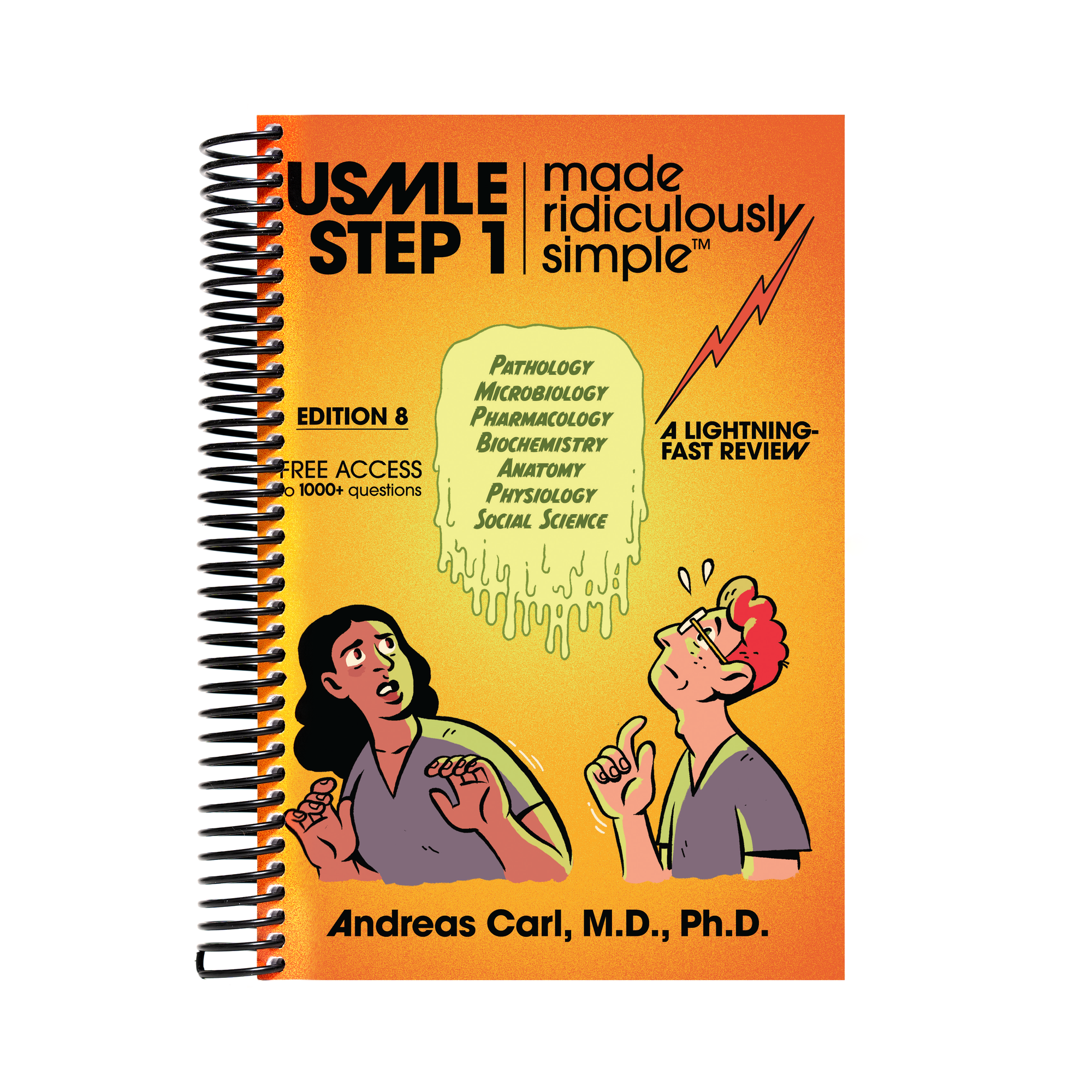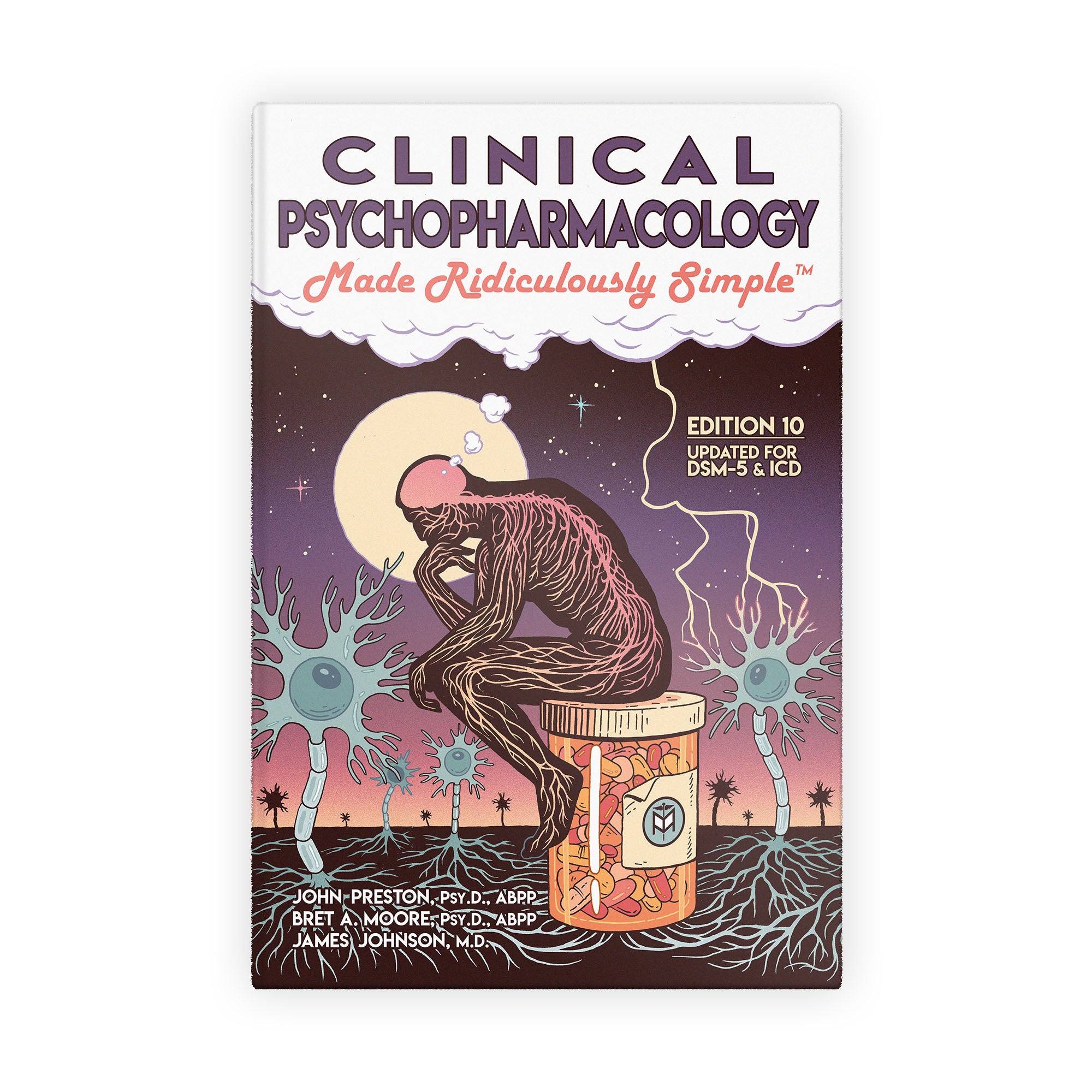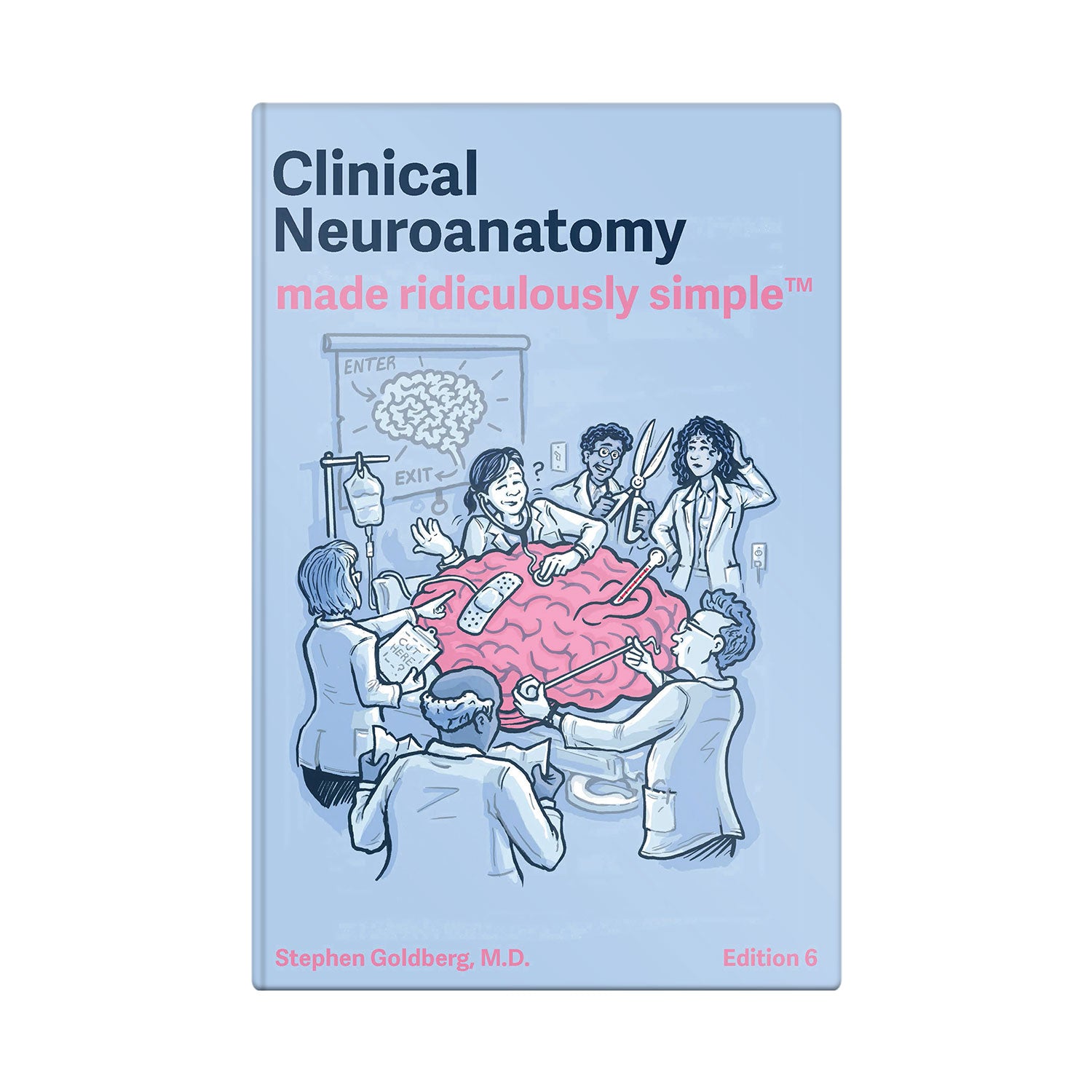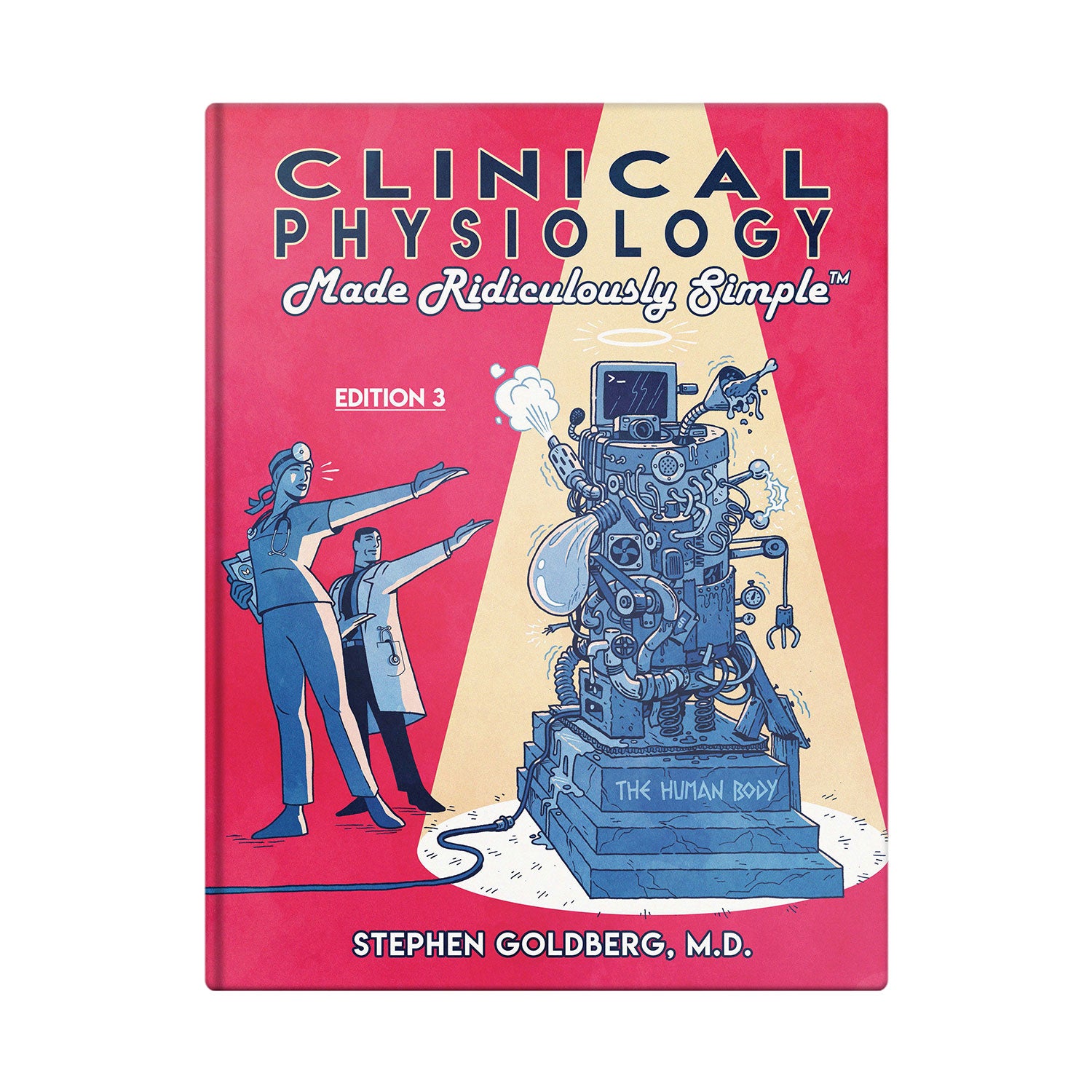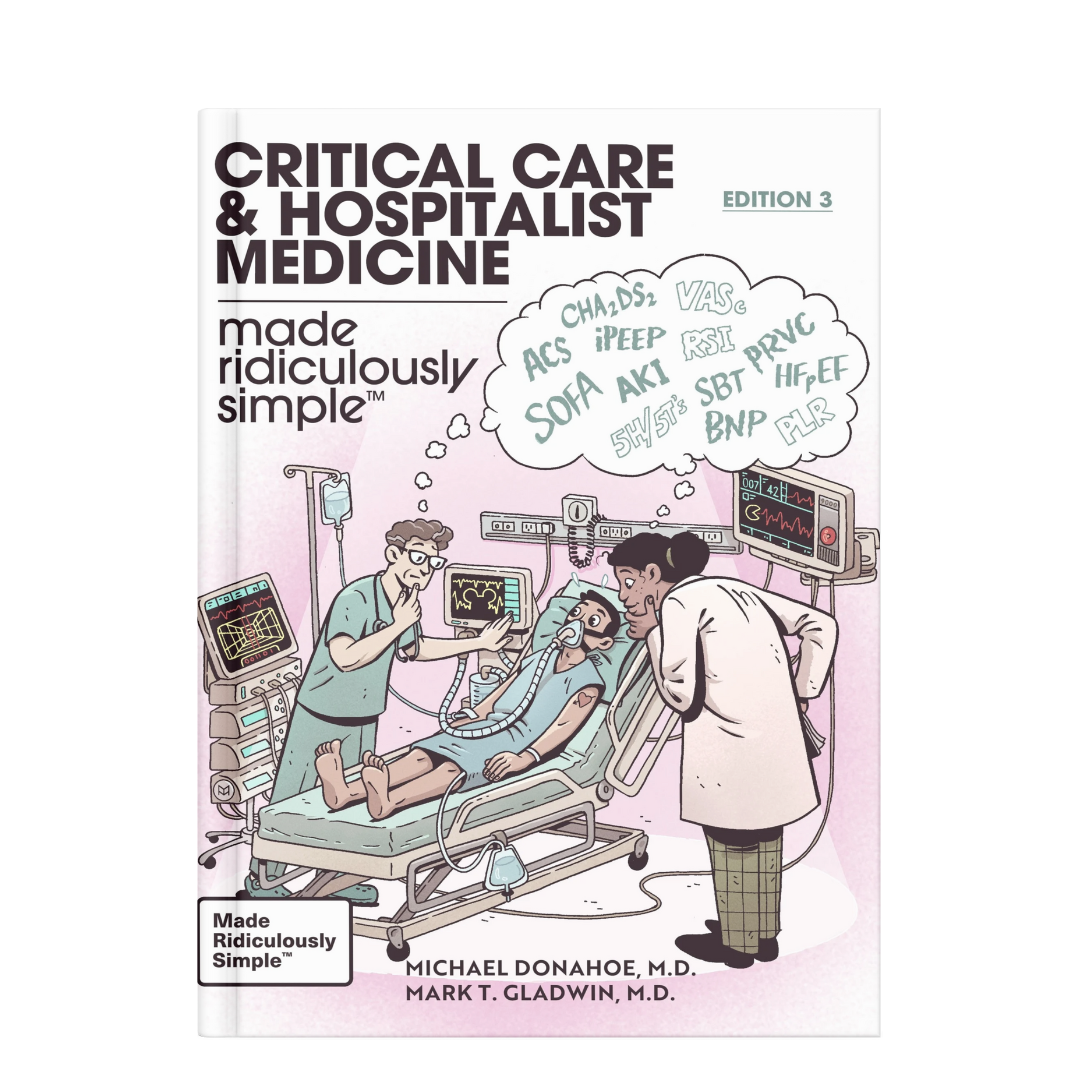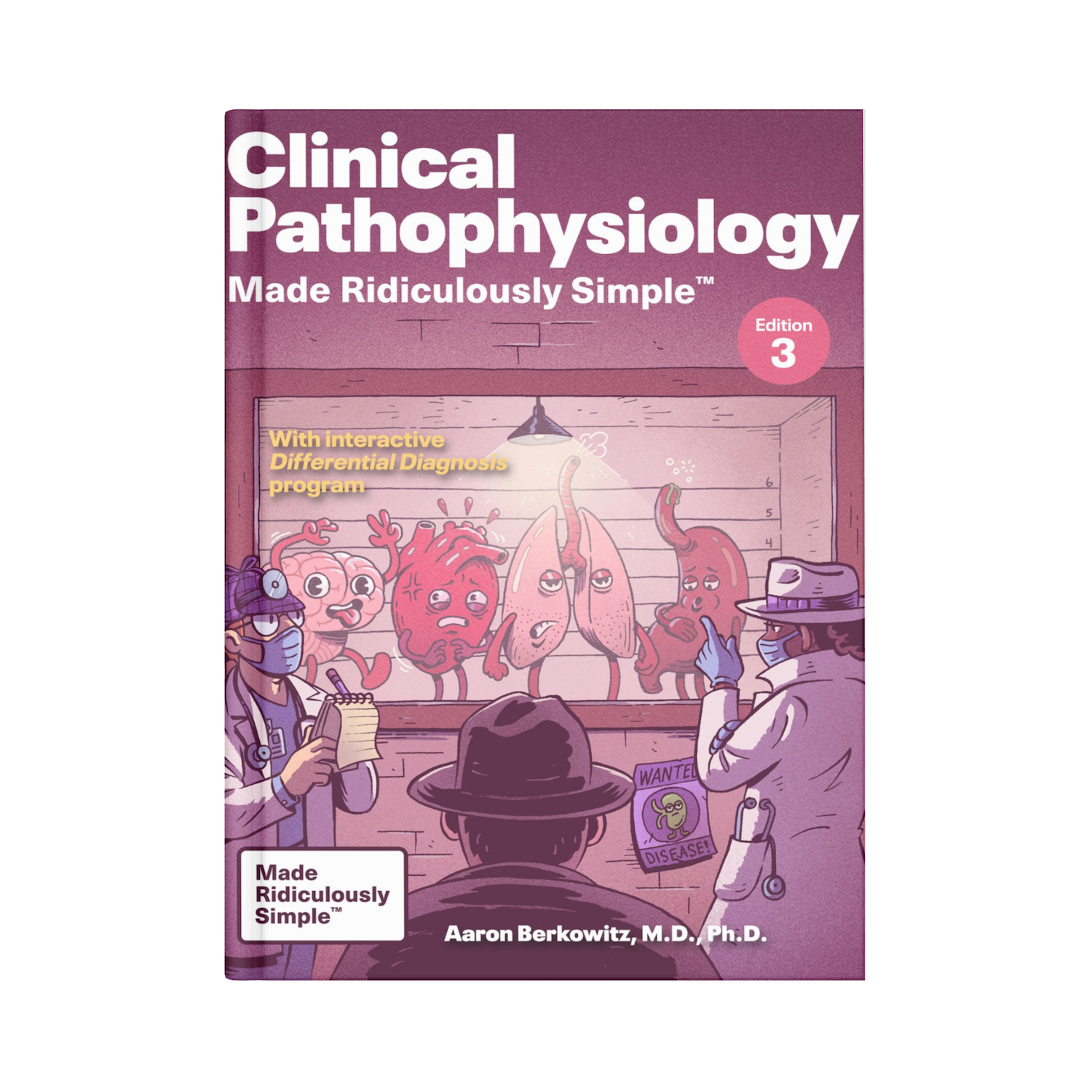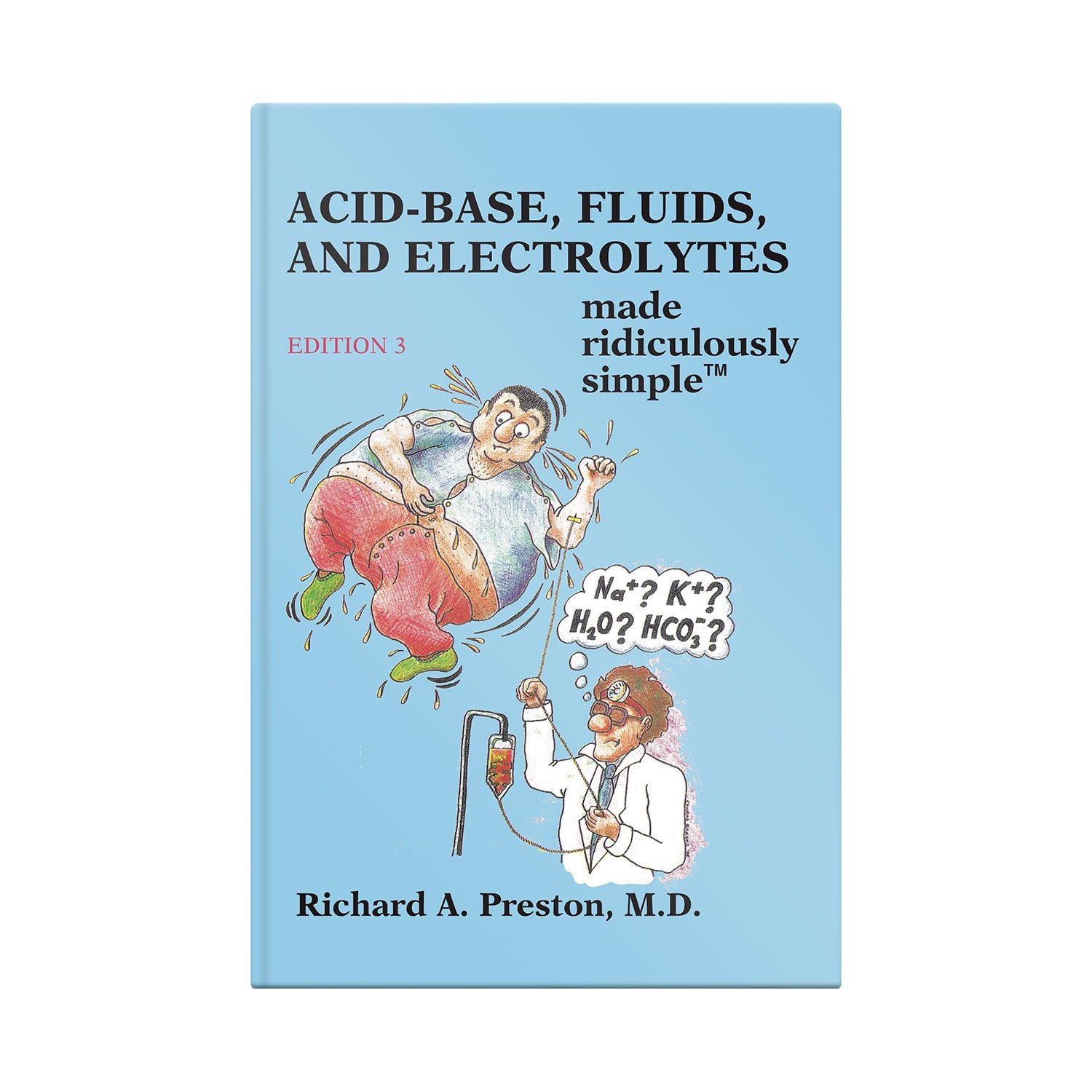
Memory Techniques for Med School #6 Lists (Linking Method)
The Link method involves memorizing a list by creating a ridiculous association between one word or idea and the one that follows on the list.
Linking
There are a number of methods for memorizing lists: The Link method, the Peg method, the Memory Palace, and Acronyms.
The Link method involves memorizing a list by creating a ridiculous association between one word or idea and the one that follows on the list. For instance, the American Cancer Society lists 7 symptoms that could be a sign of cancer:
- A change in bowel or bladder habits
- A sore that does not heal
- Unusual bleeding or discharge from any place
- A lump in the breast or other parts of the body
- Chronic indigestion or difficulty in swallowing
- Obvious changes in a wart or mole
- Persistent coughing or hoarseness
To remember these, you might want to:
- Start with a bowel and bladder which are normal but then erupt suddenly into explosive diarrhea and peeing all over. (Change in bowel or bladder habits)
- The fecal matter lands on someone, producing a huge 12 inch sore on the person’s face that persists forever. (Sore that does not heal) (The purpose here, of course, is not to make fun of cancer, but to create a vivid link between one item on the list an the next. Making the sore huge adds to the memorability.)
- The sore erodes through the body, causing unusual bleeding and discharges everywhere. (Unusual bleeding or discharge from any place)
- Some of the bleeding remains under the skin causing lumps in the breast and elsewhere. (Lump in breast or elsewhere)
- The patient eats those lumps and gets chronic indigestion and difficulty in swallowing due to one of the lumps getting stuck in the patient’s throat. (Chronic indigestion or difficulty in swallowing)
- The patient enlists the help of a mutant wart hog and a mole to try to remove the stuck lumps. (Obvious changes in a wart or mole)
- That doesn’t go over well, and the patient ends up with an injured lung and trachea. (Persistent coughing or hoarseness)
Of course, the above mnemonic is crude, repulsive, unprofessional, and puerile, which are good features. The drama facilitates the remembering of important clinical signs. You could probably do better creating your own mnemonic. What is important is that the associative links are striking and memorable. It also helps to review them to fix them even more solidly in memory. After a while, with repetition, a remembered list will not require the ridiculous association for recall; it is just remembered.
The Goldberg Files
The Goldberg Files is based on the struggles of Dr. Goldberg as well as those of his many students which he observed while teaching medical school for 25 years. This extensive blog is dedicated to assisting students in dealing with the stresses of medical education. Want to learn more?


